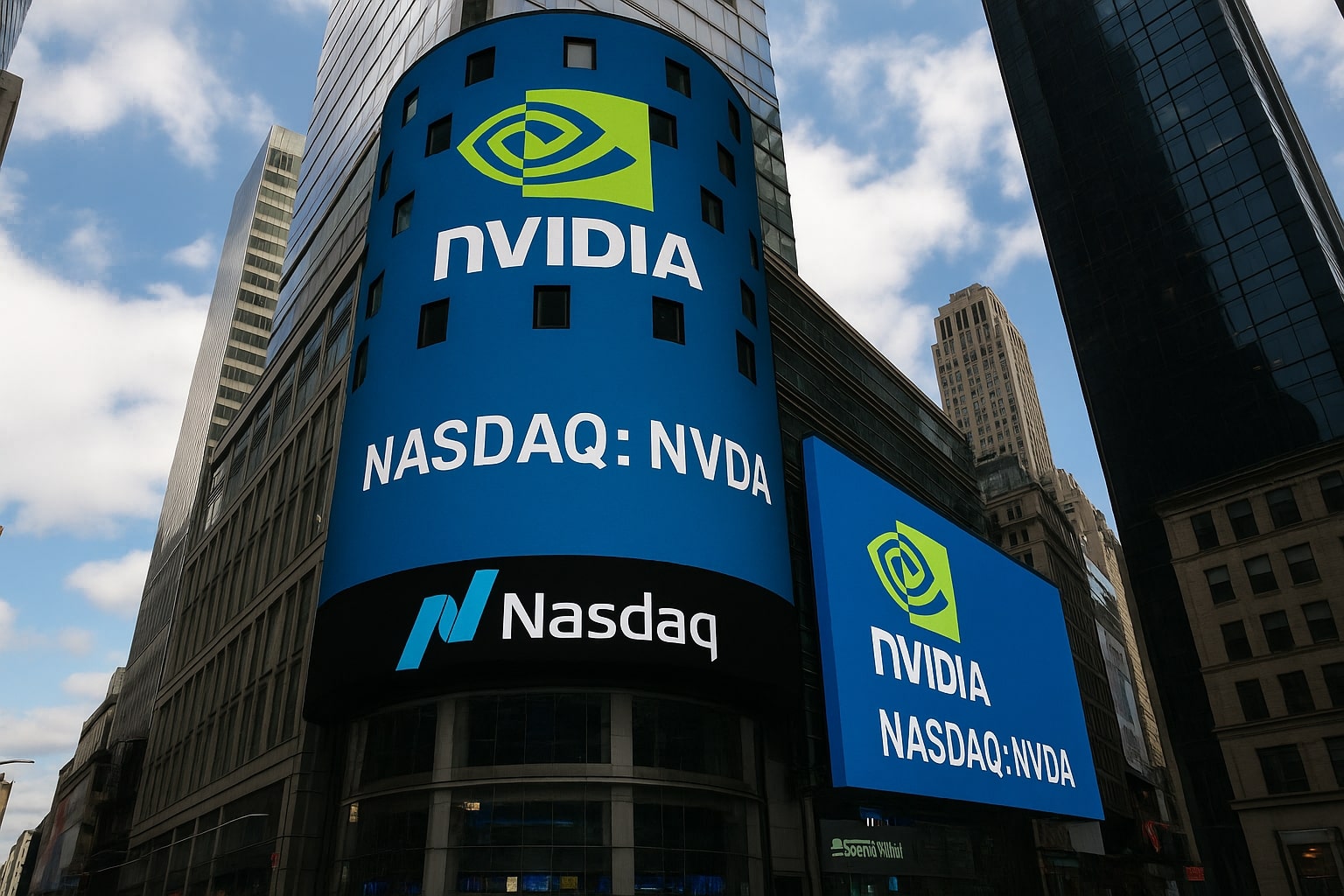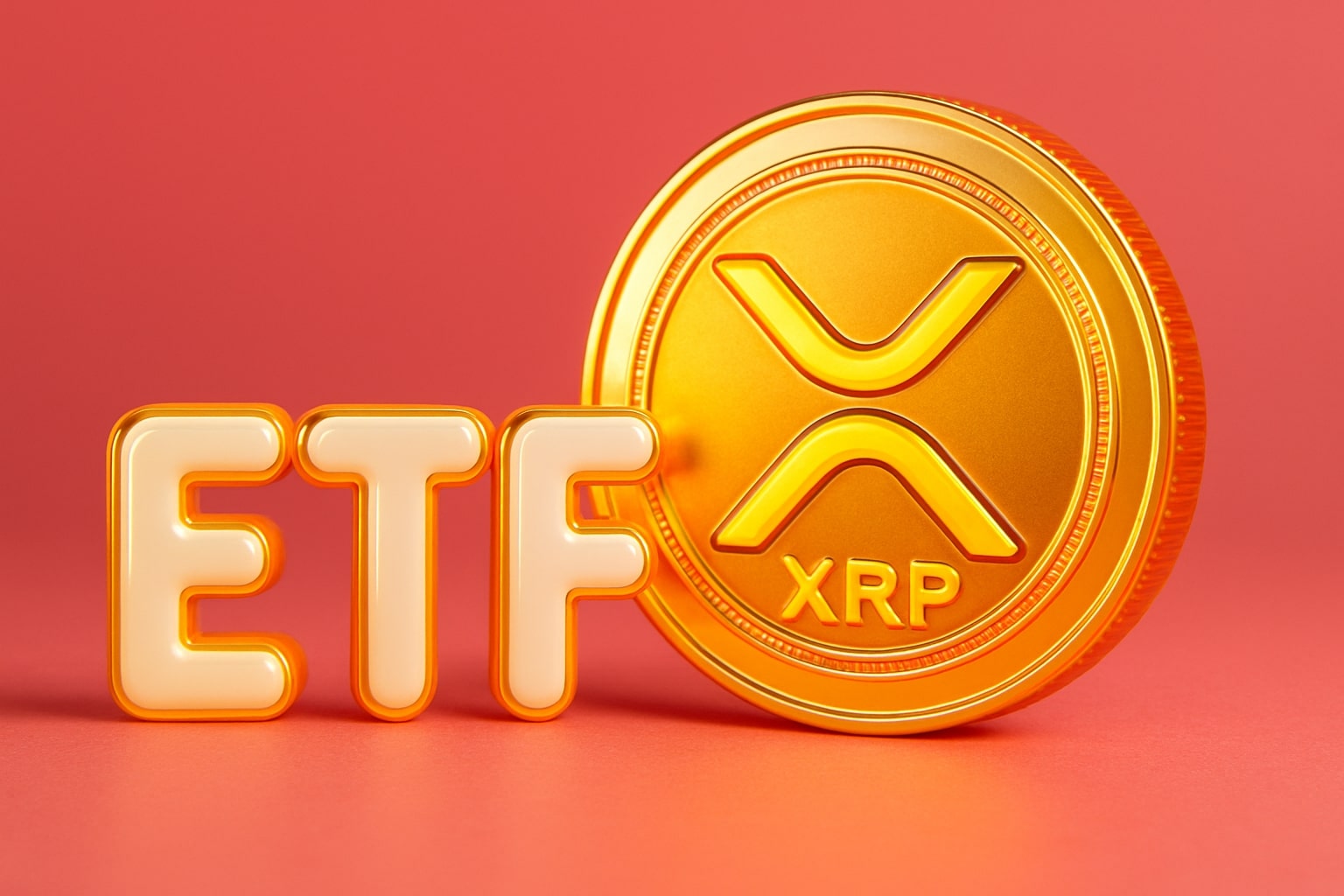
Nvidia Stock Forecast: NASDAQ:NVDA Targets $204 as AI Megacycle Fuels Explosive Growth
With hyperscalers investing trillions, Blackwell GPUs supply-constrained, and free cash flow up 16x, Nvidia holds its lead as the chip utility of AI | That's TradingNEWS
NASDAQ:NVDA Anchors the AI Megacycle
Nvidia Corporation (NASDAQ:NVDA) is no longer just another tech name riding the AI narrative; it has become the backbone of the digital infrastructure cycle, commanding a $4 trillion market capitalization and effectively setting the pace for the S&P 500 itself. Since the 2022 bottom, NVDA shares are up more than 15x, a rise often labeled as speculative excess, but the financials tell a different story. Free cash flow has multiplied 16-fold in the same timeframe, keeping valuation aligned with earnings power. Nvidia’s ability to pair top-line acceleration with margin expansion has made it a chip utility—an indispensable supplier to every hyperscaler betting on the AI boom.
Earnings Trajectory and Guidance Into Q2
Investors are fixated on the upcoming Q2 release set for August 27, with Wall Street consensus expecting revenue just under $46 billion and EPS near $1.00. Nvidia has not missed consensus in over ten quarters, and when it beats, it tends to beat by wide margins. Data Center remains the locomotive, representing around 90% of revenue, and hyperscalers have given no signal of slowing. Alphabet recently boosted its 2025 AI capex forecast to $85 billion, Amazon is already spending more than $100 billion annually on data centers, and Microsoft is accelerating infrastructure in Europe. With these clients doubling down, the question is less about demand and more about Nvidia’s ability to ship Blackwell volumes. Management has guided that supply is already constrained through 2026, a dynamic that locks in visibility for revenue even if sentiment wavers in the broader tech space.
Valuation Picture and Forward Multiples
Despite the extraordinary gains, valuation metrics suggest Nvidia is not priced at bubble extremes. The projected forward non-GAAP P/E for FY2026 is around 40, significantly below its historical average near 47. Analysts peg FY2026 EPS at $4.35, which implies a fair share price closer to $204 versus the current trading levels below $182, giving investors more than 17% upside on conservative multiples. Long-term models point to revenue CAGR near 27% through 2028, free cash flow CAGR of 34%, and EPS growth close to 28% annually, doubling per-share free cash flow every two years. Those numbers are not consistent with a stock at risk of collapse but with a structural compounder.
Moat in Hardware, Software, and Power Efficiency
Nvidia’s moat is built on three interconnected pillars. The CUDA ecosystem is the deepest moat, with nearly two decades of developer lock-in ensuring that AI software is optimized exclusively for Nvidia hardware. In GPUs, NVDA commands more than 90% of the data center market, and the Blackwell/GB200 architecture cements that dominance with superior performance-per-watt. With power demand for AI expected by the IEA to grow from 37 GW in 2026 to more than 11,000 GW by 2040, efficiency has become the hyperscalers’ existential priority. Nvidia’s ability to deliver 4x performance improvements per year—either through speed, efficiency, or cost per watt—makes it the indispensable partner in an era when electricity itself is the scarce resource. The networking layer, with NVLink and Infiniband, integrates this ecosystem into full-stack AI factories. A single SuperPod can cost $30–60 million, while hyperscale campuses like Meta’s Hyperion, projected at $150–200 billion per site, imply tens of billions in Nvidia hardware demand for each campus.
Insider Transactions and Institutional Exposure
Reviewing insider activity on Nvidia’s profile, trading patterns reflect confidence in long-term positioning. Institutional funds have overweighted NVDA as the largest position in multiple strategies, including ZEUS Legacy, where it represents 15% of holdings but has generated nearly 30% of lifetime profits. That concentration illustrates how Nvidia has become not only a retail favorite but also the anchor of institutional performance in the AI megacycle. Insider confidence coupled with recurring institutional allocations underscores resilience even during corrections like the 37% drawdown in April, which long-term buyers used as an entry point.
Geopolitical and Structural Risks
Risks remain elevated. Nvidia depends heavily on TSMC for advanced fabrication. A Taiwan disruption—whether blockade or outright destruction of fabs—could take 3–5 years to recover capacity, triggering a multi-trillion-dollar supply shock. Gross margins of 75% are also not guaranteed if hyperscalers gain ground with in-house silicon. Amazon’s Trainium 2 GPUs already claim 30–40% lower cost than Nvidia’s Hopper, although Blackwell outpaces them with 1.5–2x efficiency advantages. Another structural risk lies in the scale of AI spending itself. With projections of $330 trillion in data center investment through 2040, public backlash over energy consumption and costs could force political intervention. Electricity prices are already up 6.5% this year; if AI power demand grows to one-third of global supply, as IEA forecasts, the political backlash could alter the trajectory of this buildout.
Q2 Earnings as Market Catalyst
Options markets are pricing in 7–10% post-earnings volatility. Nvidia’s track record suggests a beat is likely, but share reaction is uncertain given high expectations. Still, the fundamentals are locked in: hyperscaler spending of $5.4 trillion through 2030, Nvidia’s unmatched supply position, and CUDA lock-in across the ecosystem. Jensen Huang’s commentary will be critical, especially on Blackwell Ultra rollout, export risks tied to China, and the U.S. government’s new 15% chip export tax. The company’s pricing power suggests such costs can be passed through, but confirmation from management will set the tone for FY2026 guidance.
Verdict on NASDAQ:NVDA: Strong Buy Into Structural Growth
Nvidia remains a structural buy. At $182, the stock carries more than 17% upside to fair value on conservative forward multiples, with analyst targets reaching $204 in 2026 and $290 by 2027. Free cash flow growth above 30% CAGR through 2028 makes NVDA not only the backbone of AI infrastructure but also one of the few equities with visibility to double-digit compounding at scale. Short-term risks from TSMC concentration, in-house chip competition, and political backlash exist, but the balance of evidence shows NVDA will continue to sell every GPU it can produce well into 2026. The rating is Buy, with near-term volatility around earnings seen as an opportunity to add exposure to the world’s leading chip utility.
That's TradingNEWS
Read More
-
PPA ETF at $154: Can This Defense ETF Keep Beating ITA and SPY?
14.12.2025 · TradingNEWS ArchiveStocks
-
XRP ETFs XRPI and XRPR Pull In $975M While XRP-USD Fights To Hold $2
14.12.2025 · TradingNEWS ArchiveCrypto
-
Natural Gas Price Forecast: NG=F Hits $4.11 As Warm Winter Outlook Puts $3.913 Support At Risk
14.12.2025 · TradingNEWS ArchiveCommodities
-
USD/JPY Price Forecast - Dollar to Yen Can BoJ’s 0.75% Shock Break The 155–158 Range?
14.12.2025 · TradingNEWS ArchiveForex


















